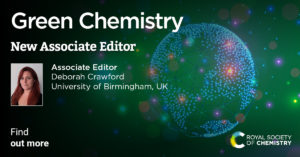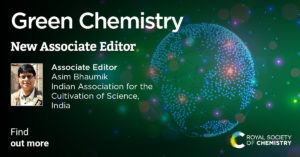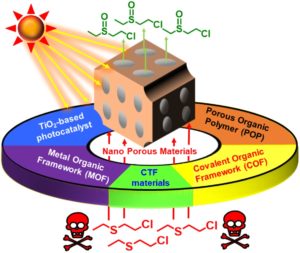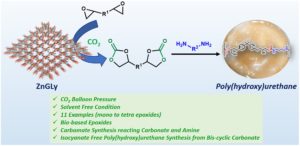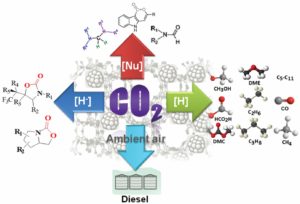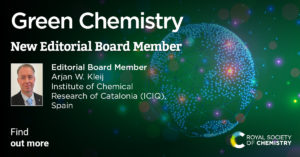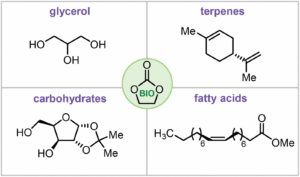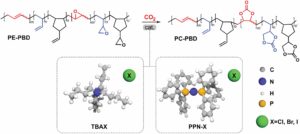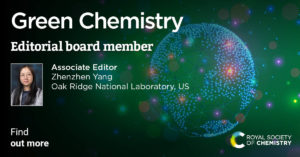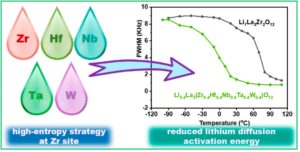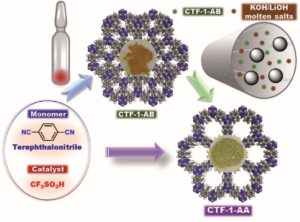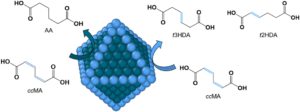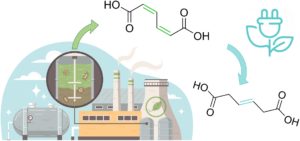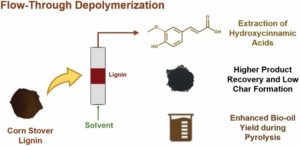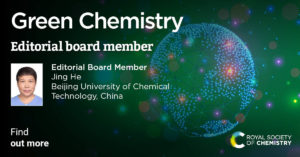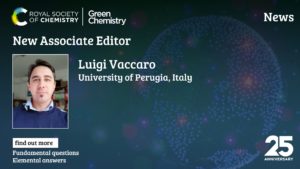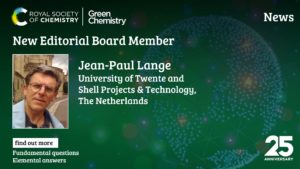Deborah Crawford is an Assistant Professor of Sustainable Materials and Manufacturing at the University of Birmingham, with a joint affiliation in the School of Chemistry and the School of Chemical Engineering. She earned her Ph.D. from Queen’s University Belfast (QUB) in 2015, focusing on gold(I) diphosphine complexes as optical sensors. Following this, she was seconded to MOF Technologies, where she explored the continuous, solvent-free synthesis of metal-organic frameworks (MOFs) using twin-screw extrusion (TSE). She then continued at QUB to further investigate mechanochemical scale-up via TSE and contribute to the development of Type 2 Porous Liquids. Her research is focused on advancing mechanochemical synthesis, either by developing new methodologies or adapting existing technologies. Her work spans a broad range of materials, from fine chemicals to supramolecular structures, with a strong focus on sustainable and scalable manufacturing.
“I am excited to join RSC Green Chemistry as an Associate Editor and contribute to a journal that stands at the forefront of advancing sustainable science. As environmental and energy challenges continue to grow, Green Chemistry plays a vital role in promoting innovative, environmentally responsible chemical research. It is a privilege to support a platform so deeply committed to a sustainable future and to help communicate scientific breakthroughs that are crucial to addressing global challenges” – Deborah Crawford
Read some of Deborah’s publications in Green Chemistry:
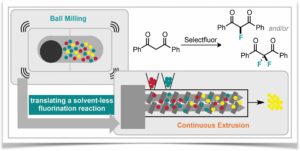 |
Translating solid state organic synthesis from a mixer mill to a continuous twin screw extruder
Green Chem., 2018, 20, 4443-4447 DOI: 10.1039/C8GC02036A |
 |
Papain-catalysed mechanochemical synthesis of oligopeptides by milling and twin-screw extrusion: application in the Juliá–Colonna enantioselective epoxidation
Green Chem., 2018, 20, 1262-1269 |
Read some of Deborah’s Royal Society of Chemistry publications here


